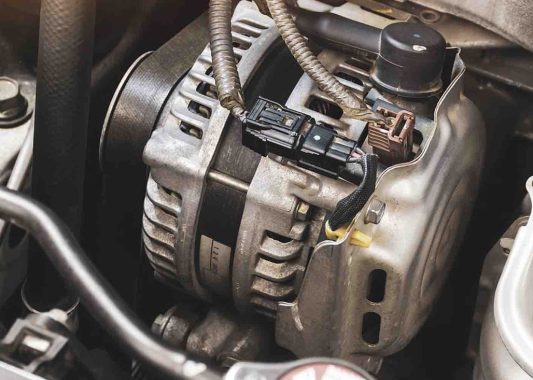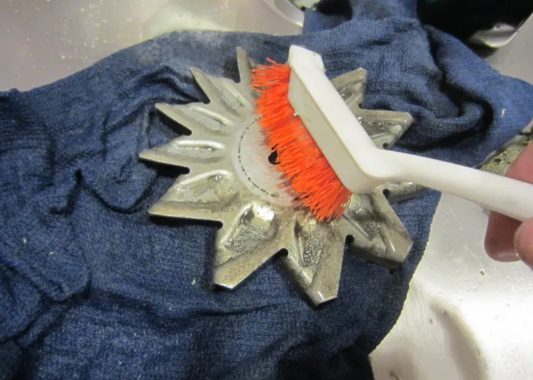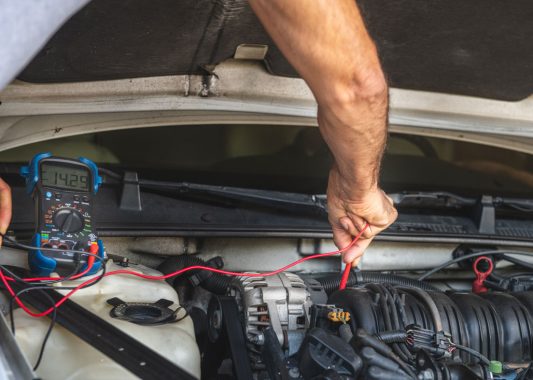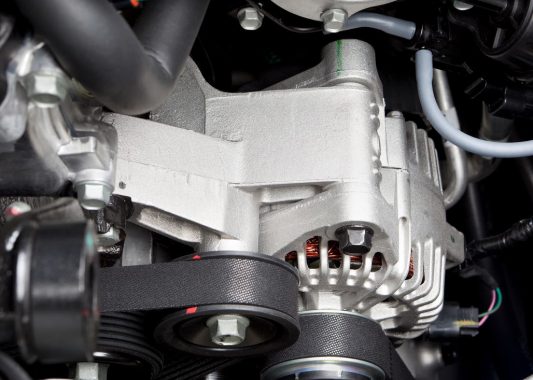Alternator Maintenance
Its primary function is to keep the battery fully charged and to provide a steady supply of electricity to the vehicle's electrical components during operation.

Inspecting your Alternator
First, disconnect the battery to prevent any electrical shocks or shorts during the process. Carefully remove the belt that drives the alternator, noting its path for reinstallation. Inspect the alternator for any obvious signs of wear or damage, such as frayed wires or loose connections.

Cleaning
Clean the alternator using a soft brush or compressed air to remove dust and debris that may have accumulated.

Electrical Connections
Check the alternator’s electrical connections, ensuring they are tight and free from corrosion. If necessary, apply a small amount of dielectric grease to the connectors to prevent future corrosion.
Not only are the electrical connections on the alternator important but a healthy battery is essential to the performance of the alternator. Ensure proper Battery Maintenance is performed as a degraded battery can cause strain on your alternator leading to premature failure.

Belt Tension
Inspect your belt for signs of wear or damaged areas. The belt is a crucial part of transferring engine power to your alternator. Loose, worn, or damaged belts can affect the alternator’s performance.
After maintenance is complete, reinstall the belt, ensuring it is properly aligned with the correct tension per the manufacturer’s recommendation, and reconnect the battery.
Regular maintenance not only extends the alternator’s lifespan but also ensures the electrical system operates efficiently.
HAVE QUESTIONS?Get a free
Quote
Where we are
565 34th Ave, Apache Junction, AZ 85119, United States
Email us
info@mpaks-solutions.com
Error: Contact form not found.


